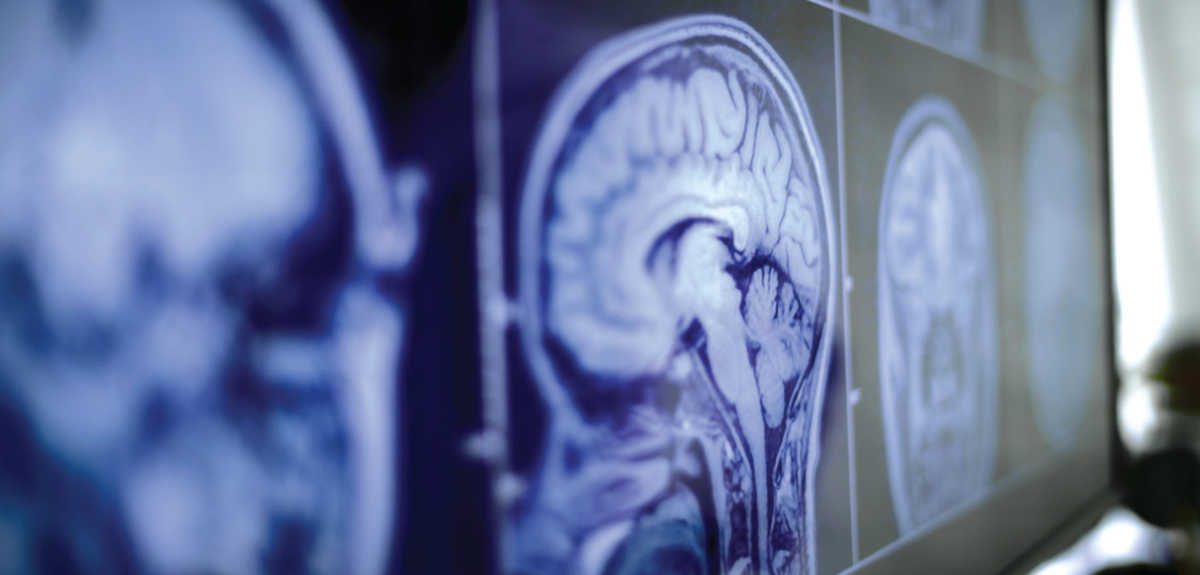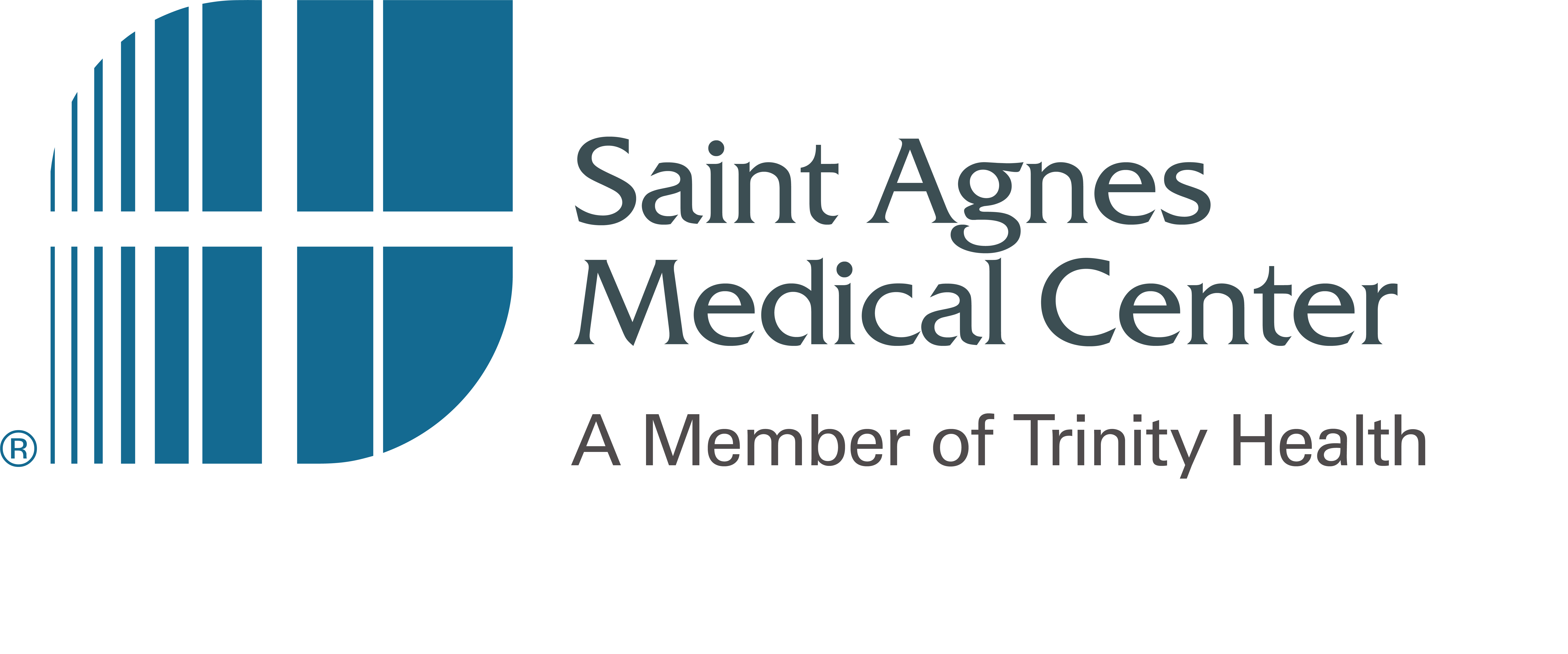Stroke warning signs and prevention: what you need to know
May 1, 2025
Stroke is the fifth-leading cause of death in the U.S. and the leading cause of serious, long-term disability. When a stroke occurs, damage happens fast—about two million brain cells die every minute that blood flow to the brain is blocked, typically by a blood clot. This rapid loss of brain function can lead to lasting disability or even death.
Ways to reduce your risk of stroke
The good news? Better management of stroke risk factors has given new hope to those at risk. Understanding and addressing these factors is key to prevention. Many can be treated, reduced, or managed with medical guidance and lifestyle changes:
- Blood pressure: Aim to keep your blood pressure below 130/80. High blood pressure is the leading cause of stroke.
- Cholesterol: Montior your cholesterol levels, especially your LDL ("bad") cholesterol, which can contribute to plaque buildup in your arteries
- Blood sugar: high blood sugar can damage blood vessels and increase clotting. Keeping your blood sugar in a healthy range helps protect against stroke.
- Exercise: Physical activity helps maintain a healthy weight and lowers blood pressure—but even on its own, regular exercise reduces stroke risk.
- Limit alcohol: An occasional drink is generally fine, but consuming more than two alcoholic beverages per day significantly raises your risk of stroke.
- Treat atrial fibrillation (AFib): AFib is an irregular heartbeat that can cause blood clots to form in the heart. These clots can travel to the brain and cause a stroke, making proper diagnosis and treatment essential.
- Quit smoking: Tobacco use thickens the blood and promotes plaque buildup, both of which increase the likelihood of clot formation and stroke.
Know the signs of stroke
Recognizing the signs of a stroke early can be life-saving. Some of the most well-known symptoms include weakness in one arm or on one side of the body, and drooping facial muscles. However, symptoms can vary—especially for women, who may experience more subtle signs that don’t immediately suggest a stroke.
Common stroke symptoms for both men and women include:
- Slurred speech
- Confusion
- Difficulty understanding conversations
- Blurred or double vision
- Loss of vision in one or both eyes
- Loss of balance or coordination
- Paralysis (often on one side of the body)
- Dizziness or vertigo
Additional stroke symptoms that may be more common in women:
- Nausea
- Chest pain
- Hiccups
- Shortness of breath
- Sudden headache or migraine
- Unusual fatigue
- Jaw or neck pain
- Anxiety or feeling that something is "off"
- Generalized weakness (not just on one side of the body)
If you or someone you're with shows any of these signs, call 9-1-1 immediately. The faster a stroke is recognized and treated, the greater the chances of recovery.

Need a primary care physician?
Staying on top of your health can help reduce your risk of stroke—so when it comes to your health, you want nothing but the best. With same-day appointment availability, our Saint Agnes Care providers are ready to help you and your family.
Find a provider